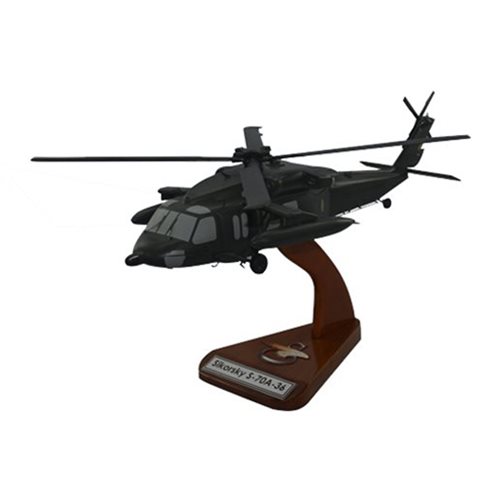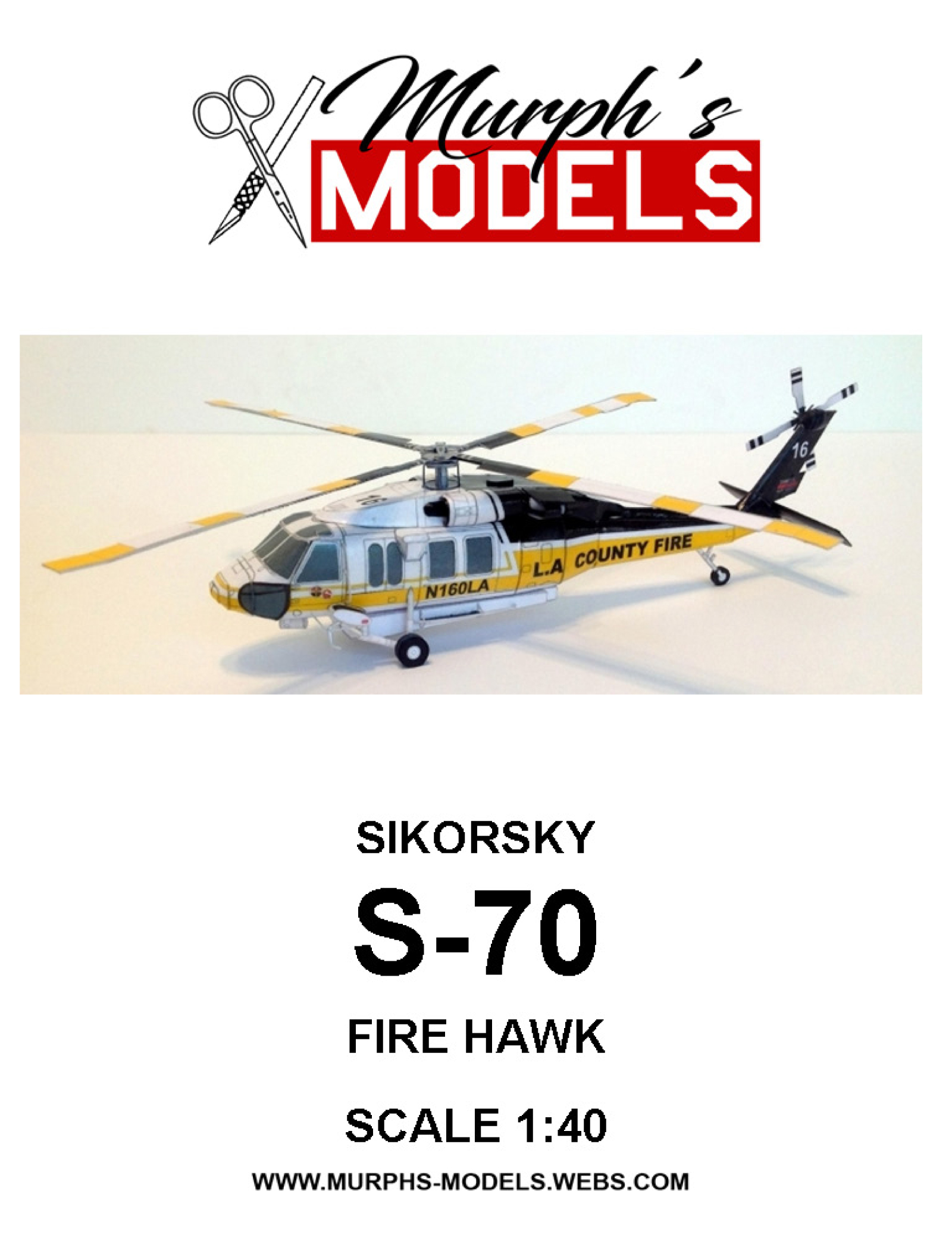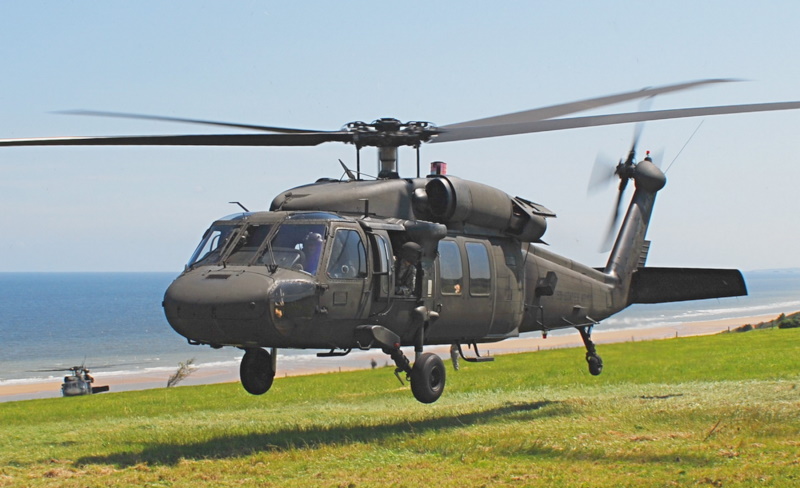A Check out the Sikorsky S 70's Role in Army and Civil Aviation
A Check out the Sikorsky S 70's Role in Army and Civil Aviation
Blog Article
High-Performance Multi-Role Rotorcraft Featuring Advanced Cabin Technologies and Integrated Sensor Equipments
The realm of rotorcraft modern technology has seen noteworthy developments in current times, especially in the realm of high-performance multi-role rotorcraft furnished with sophisticated cabin innovations and seamlessly integrated sensor systems. These developments have not just boosted the functional abilities of rotorcraft however have actually also considerably impacted modern-day aeronautics procedures on different fronts. From improved objective convenience to boosted functional efficiency, the convergence of innovative cabin innovations and integrated sensor systems has ushered in a new age of opportunities for rotorcraft applications. In the complying with conversation, we will certainly explore the evolution of rotorcraft innovation, look into the world of innovative cabin technologies, and examine the effects of integrated sensing unit systems on the operational adaptability and performance of contemporary rotorcraft.
Evolution of Rotorcraft Innovation
The advancement of rotorcraft modern technology has actually been noted by substantial improvements in aerodynamics, materials, and propulsion systems, forming the capacities and performance of modern-day rotorcraft. Aerodynamic enhancements have enhanced the efficiency and maneuverability of rotorcraft, permitting increased speed, agility, and stability during flight (sikorsky s 70). Developments in materials, such as the usage of composite materials and progressed alloys, have actually brought about lighter yet more powerful rotorcraft structures, improving general efficiency and durability. Furthermore, developments in propulsion systems, including extra powerful engines and innovative propulsion technologies, have allowed rotorcraft to accomplish greater elevations, faster rates, and better hauls.
These improvements have not only changed the capabilities of rotorcraft however have also expanded their applications across various industries, including military, industrial, and emergency services. The continual advancement of rotorcraft modern technology proceeds to drive advancement in the field, pushing the boundaries of what is feasible and forming the future of upright trip.
Advanced Cabin Innovations
Structure upon the foundational developments in aerodynamics, materials, and propulsion systems, the world of rotorcraft technology now changes emphasis in the direction of pioneering Advanced Cockpit Innovations. The assimilation of sophisticated innovations within the cockpit setting plays a vital role in improving the functional abilities, safety and security, and effectiveness of modern-day rotorcraft. sikorsky s 70. Advanced Cockpit Innovations encompass a wide array of features created to give pilots with enhanced situational recognition, structured data administration, and intuitive control interfaces
One of the essential advancements in cabin layout is the application of glass cockpits, which change conventional analog determines with high-resolution display screens. These digital systems supply personalized layouts, real-time information integration, and boosted readability, allowing pilots to gain access to vital information at a glance. In addition, advanced avionics systems, such as fly-by-wire controls and boosted reality displays, are transforming just how pilots communicate with the airplane, permitting exact control and improved decision-making capacities.


Incorporating sophisticated cockpit innovations not just boosts pilot performance but also adds to general objective efficiency and security in complicated operational settings. By leveraging advanced technologies within the cockpit, rotorcraft producers are establishing brand-new standards for operational excellence and objective success.
Integrated Sensor Equipments
With the evolution of rotorcraft technology, the integration of sophisticated Integrated Sensing unit Solution has ended up being critical in boosting functional performance and safety and security. These Integrated Sensing unit Solutions include a large range of modern technologies that offer important data for numerous functions such as navigating, monitoring, targeting, and environmental surveillance. By effortlessly incorporating sensing units like radars, electronic cameras, lidar, and infrared systems into rotorcraft, drivers can gain from improved situational understanding, boosted goal capabilities, and decreased pilot workload.
One trick benefit of Integrated Sensing unit Systems is their ability to gather real-time information and give actionable insights to pilots and objective operators. Progressed radar systems can spot and track targets over long ranges, permitting for very early danger discovery and efficient feedback preparation. In addition, incorporating click resources electro-optical and infrared electronic cameras allows rotorcraft to conduct reconnaissance and surveillance missions with precision and precision.
In essence, the combination of sophisticated sensor technologies right into rotorcraft not just enhances operational effectiveness however also contributes substantially to general objective success their website and staff security. As rotorcraft remain to develop, the duty of Integrated Sensing unit Solution will certainly remain at the leading edge of technology in the aerospace industry.
Functional Flexibility and Effectiveness
Enhancing operational versatility and efficiency in rotorcraft is an all-natural progression from the combination of advanced Integrated Sensor Solutions. By leveraging the data and insights offered by these advanced sensing unit systems, rotorcraft can enhance their efficiency across different missions and atmospheres.
Operational adaptability includes the capacity of rotorcraft to adjust to various duties and situations effectively. With sophisticated cockpit innovations and integrated sensor systems, rotorcraft can seamlessly transition in between tasks such as search and rescue, medical discharge, monitoring, and extra. This convenience boosts the rotorcraft's capacity to satisfy varied operational demands without requiring considerable reconfiguration.
Performance in rotorcraft operations is vital for making best use of goal performance and resource use. Integrated sensing unit systems play a critical duty in enhancing operational effectiveness by providing real-time information on weather, terrain mapping, target tracking, and much more. This information enables pilots to make educated choices quickly, maximize flight courses, preserve fuel, and improve general mission productivity.
Influence On Modern Air Travel Procedures

Furthermore, the assimilation of sophisticated sensors promotes improved mission planning and implementation, making it possible for rotorcraft to execute a vast array of jobs with enhanced accuracy. From search and rescue operations to aerial firefighting and police goals, the capacities of modern rotorcraft outfitted with innovative cabin technologies and incorporated sensing unit systems are unparalleled.
In addition, the effect of these innovations expands beyond functional effectiveness to cost-effectiveness and sustainability. moved here By optimizing trip routes, fuel usage, and upkeep schedules, high-performance rotorcraft equipped with innovative cockpit technologies and sensors contribute to minimizing functional expenses and ecological effect, making them essential assets in modern-day aviation procedures.
Conclusion
In verdict, the high-performance multi-role rotorcraft with innovative cockpit modern technologies and integrated sensing unit systems represents a substantial advancement in aviation modern technology. These innovations enhance functional convenience and effectiveness, eventually affecting modern aeronautics procedures in a favorable means. The combination of these innovative modern technologies permits enhanced abilities and efficiency in different mission circumstances, showcasing the proceeded innovation of rotorcraft technology in the aviation industry.
The world of rotorcraft technology has seen significant developments in recent times, particularly in the realm of high-performance multi-role rotorcraft equipped with cutting-edge cabin innovations and seamlessly incorporated sensor systems. From improved mission versatility to boosted operational effectiveness, the merging of innovative cabin innovations and incorporated sensor systems has ushered in a new age of possibilities for rotorcraft applications. In the complying with conversation, we will explore the advancement of rotorcraft modern technology, dive right into the world of sophisticated cabin advancements, and take a look at the implications of incorporated sensor systems on the operational flexibility and efficiency of modern rotorcraft.

Report this page